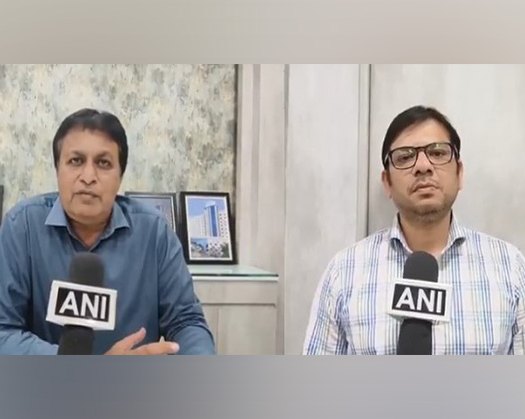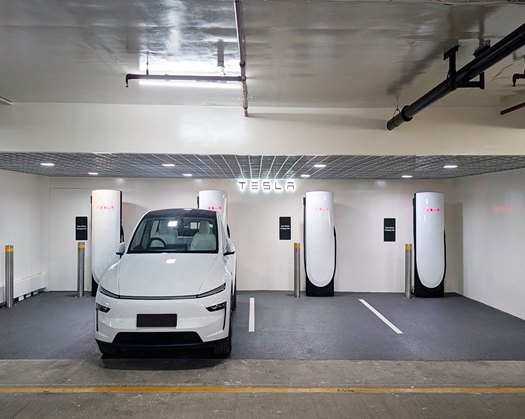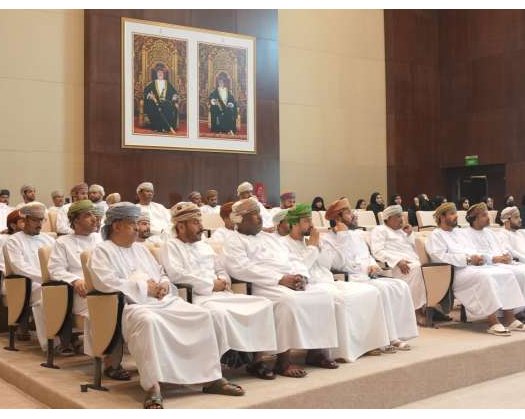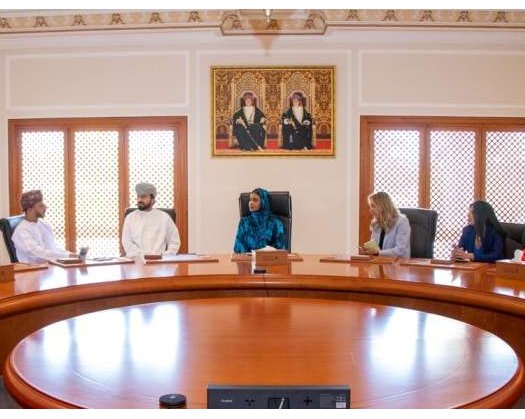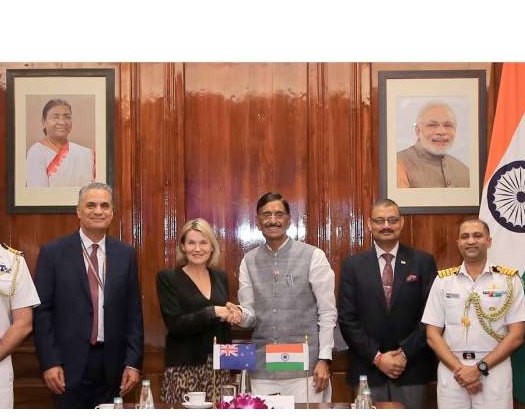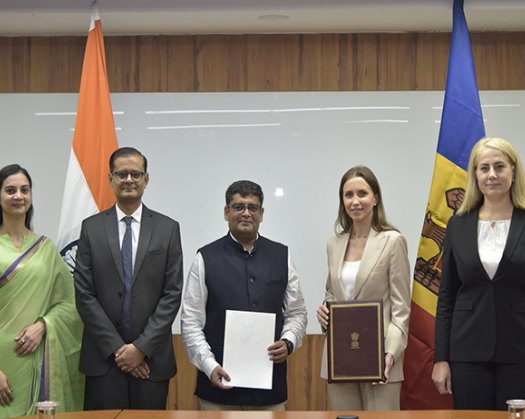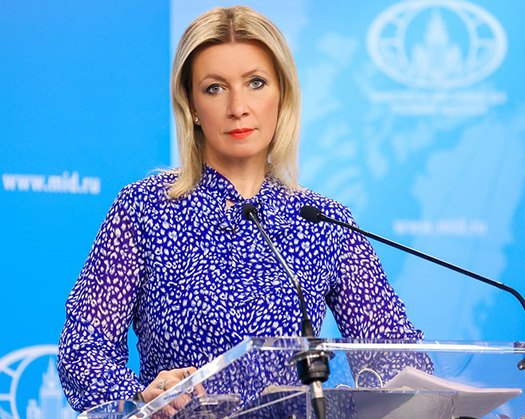Paris: India is exploring increased imports of American shale gas, liquefied natural gas, and crude oil to diversify its energy sources and take advantage of cheap US pricing, according to a senior official. Both countries are preparing for new bilateral trade discussions.
The decision comes as India attempts to balance its rising trade surplus with the United States while capitalizing on America's energy abundance and relatively cheaper prices than traditional suppliers.
According to the official, who wished to remain nameless, the United States offers a variety of items for purchase, including shale gas, LNG, and crude oil. The more varied our sources, the better the benefit for us. Prices are likewise inexpensive in the United States.
The energy diversification strategy fits India's larger aim of weaning itself off traditional providers while capitalizing on the shale boom in the United States, which has converted the country into a major energy exporter.
India's energy imports from the United States may help to rectify the bilateral trade imbalance, in which India has a substantial excess.
For the fourth year in a row, the United States remained India's greatest trading partner in 2024-25, with two-way commerce worth USD 131. 84 billion.
Negotiating delegations from both countries will meet this week in Paris to continue negotiations on the proposed bilateral trade pact.
However, authorities recognize major uncertainties caused by the Trump administration's trade policies.
According to the official, concerns include the possibility of higher steel tariffs and continuing legal challenges to US tariff choices.
According to the official, there are currently numerous uncertainties, including court rulings that have an impact on US tariff policy.
Despite these obstacles, India is committed to finding mutually advantageous solutions.
India must discover methods that benefit the country, taking into account the limits of uncertainty, according to the official.
The bilateral trade structure announced in February by President Donald Trump and Prime Minister Narendra Modi seeks to negotiate the first phase of a complete trade agreement by fall 2025.
The ambitious goal aims to more than quadruple bilateral trade to USD 500 billion by 2030, up from the current USD 191 billion.
Currently, the United States accounts for around 18% of India's total commodities exports, 6. 22% of imports, and 10. 73% of the country's overall merchandise trade, making it an essential commercial partner.
India has already booked its right to impose retaliatory tariffs against US levies on steel and aluminium, and it has requested World Trade Organization discussions on US tariffs affecting automobile parts. When asked about the prospect of adopting similar measures on other goods, the official stressed India's determination to protect its interests.
We will examine what is beneficial for India and make decisions accordingly, the official said, adding that the current climate of uncertainty is influencing commercial policy choices.
Officials admit that the final terms will be determined by comparative advantages, as India strives for a fair and mutually beneficial trade arrangement.
According to the official, what we receive in comparison to other nations will influence what we eventually finalise in the deal.
The increase in energy imports is one specific sector where both countries stand to gain. India benefits from supply diversification and inexpensive pricing, while the United States benefits from export market development and a decrease in the trade imbalance.


